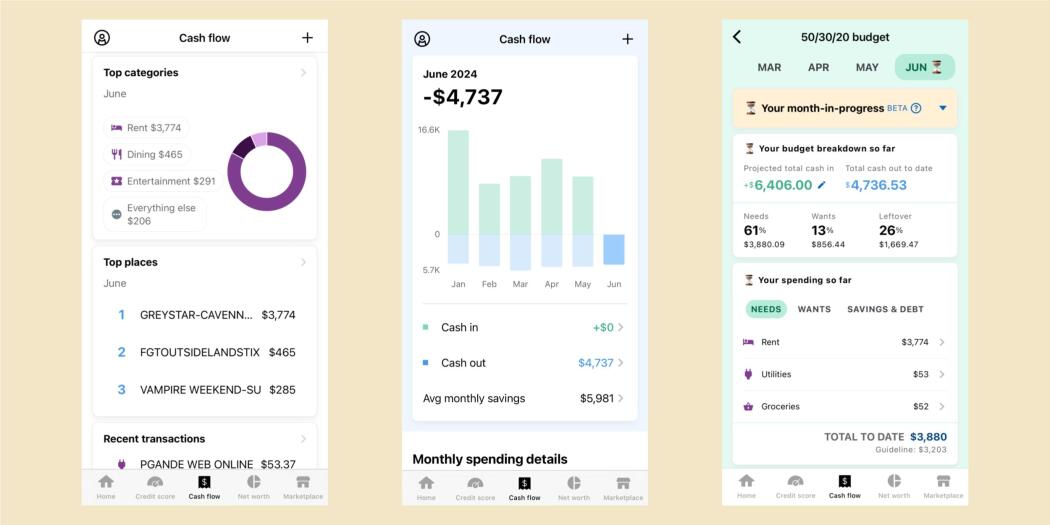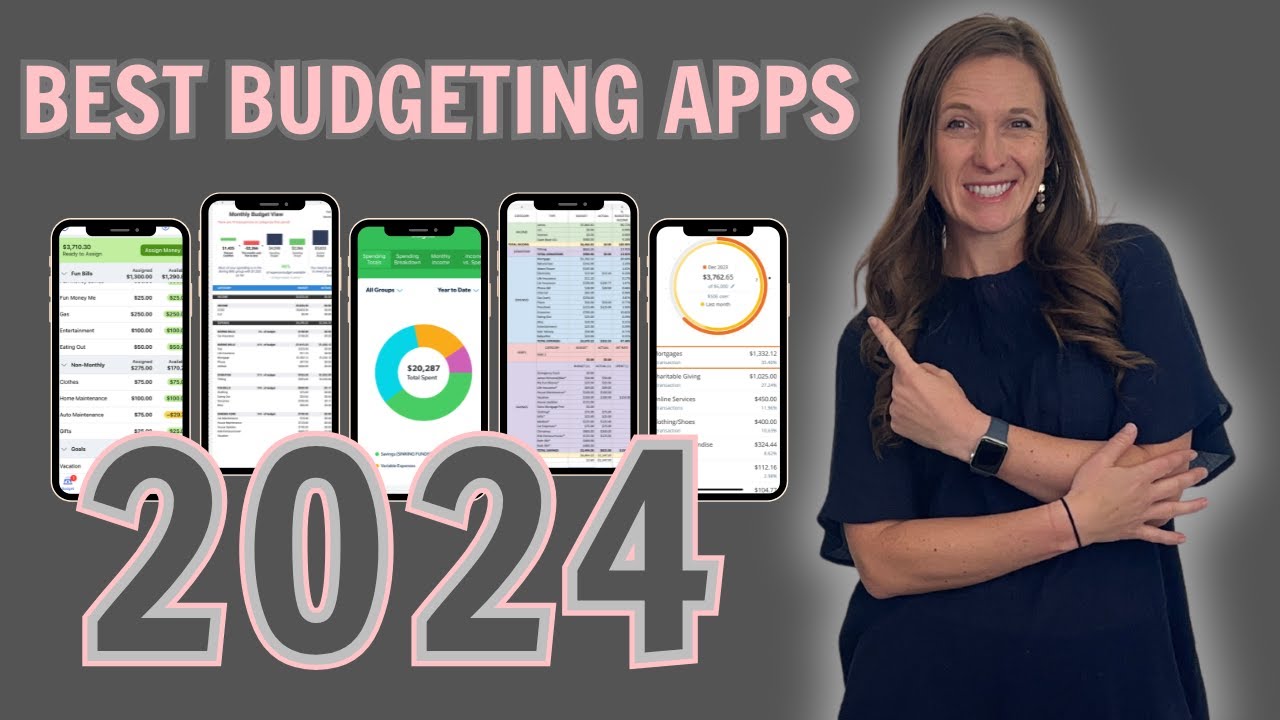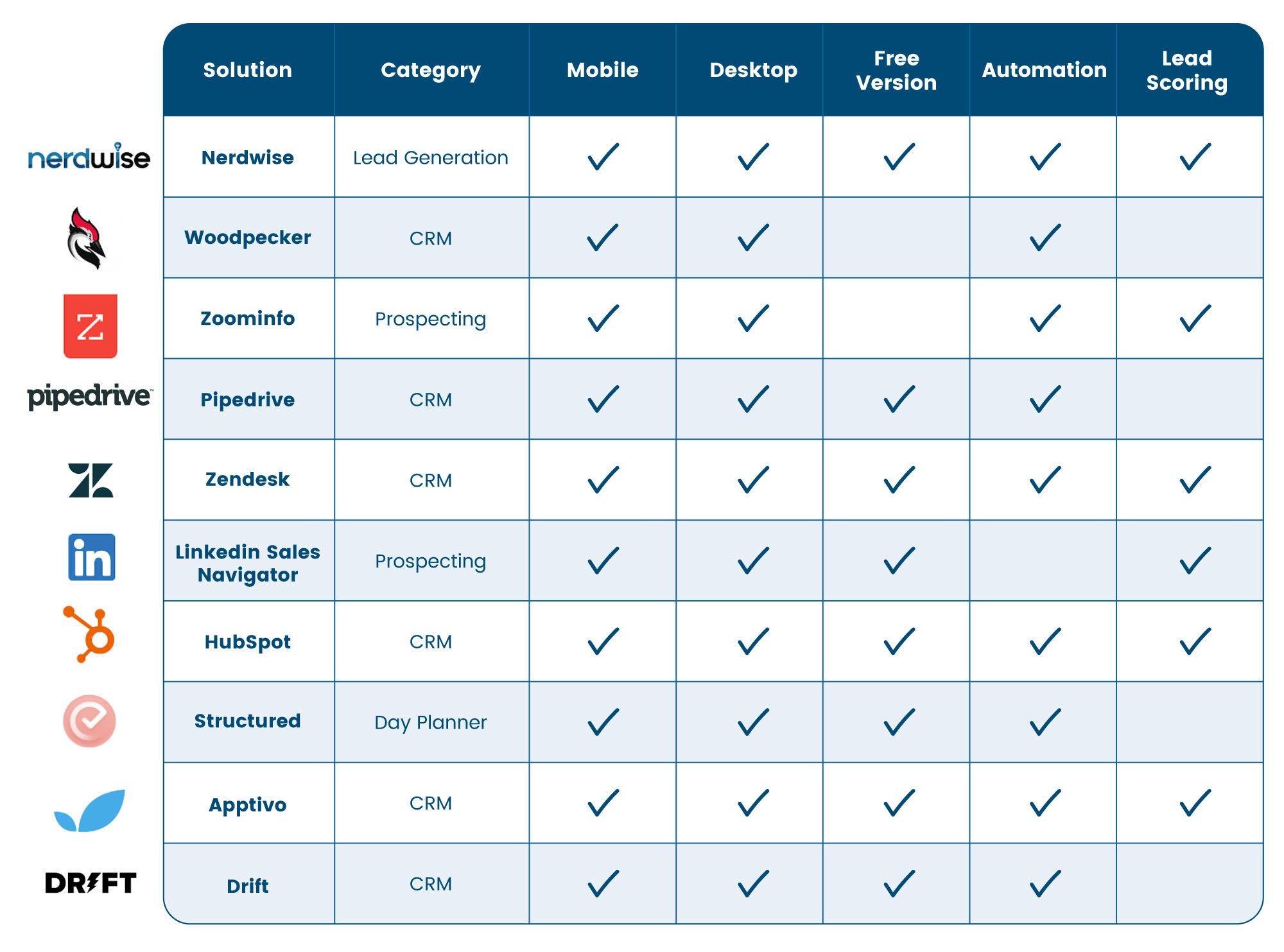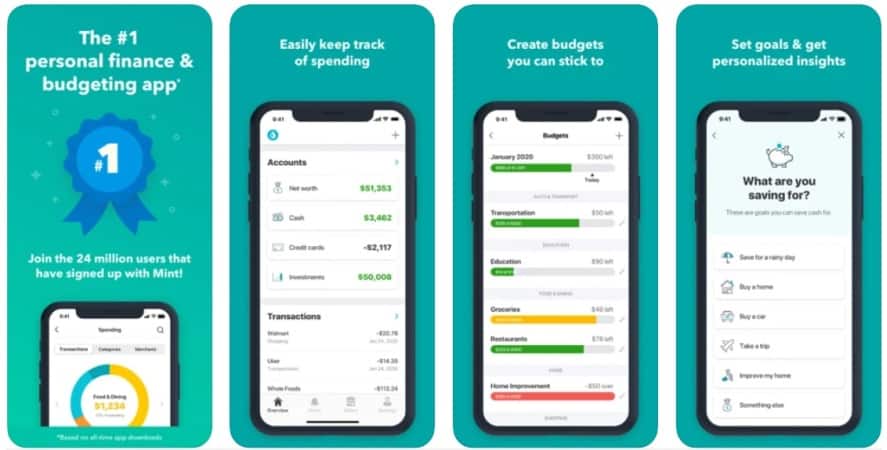Why Budgeting Apps Are Crucial for Personal Finance in 2025
 Image source: PCMag
Image source: PCMag
The Rise of Digital Budgeting Tools
In 2025, digital budgeting tools have become essential for managing personal finances, revolutionizing the way individuals approach their financial health. With the rise of portable devices and an increasingly connected world, consumers are seeking efficient, mobile solutions for budgeting. Smart budgeting apps are not just for tech-savvy users anymore; they have entered the mainstream, enabling anyone with a smartphone to take control of their finances.
The evolution of these tools has been marked by sophisticated algorithms and user-friendly interfaces. Apps like Mint, YNAB (You Need A Budget), and PocketGuard have gained popularity for their versatility and customization options. These applications allow users to link bank accounts, track spending, and set financial goals with just a few taps. According to a recent article from Forbes, the efficiency and effectiveness of these tools have made them a staple in personal finance management.
Benefits of Using a Budgeting App
Using a budgeting app comes with a plethora of benefits that can transform how you manage your money:
- Real-Time Tracking: Budgeting apps provide immediate feedback on your spending habits. This real-time data empowers you to adjust your spending instantly, helping you stay within your budget.
- Expense Categorization: Most apps automatically categorize expenses, providing visual representations of where your money goes. This feature allows for better understanding and identification of unnecessary expenditures.
- Goal Setting: Many budgeting apps allow users to set and track financial goals, such as saving for a vacation or paying down debt. This keeps users motivated and focused on their financial aspirations.
- Financial Insights: Advanced analytics can highlight spending trends over time, helping users make informed financial decisions. This feature can lead to greater savings and better investment practices as you become more aware of your financial behaviors.
- Ease of Use: The intuitive design of budgeting apps means that even those less familiar with technology can navigate them with ease. This lowers the barrier to entry for effective personal finance management.
- Security: With robust encryption and security features, budgeting apps ensure that your financial data remains private and secure.
By leveraging these capabilities, individuals can gain a clearer picture of their financial situation, ultimately leading to improved financial health. For a more detailed comparison of top budgeting apps, check out the complete guide on Investopedia.
Factors to Consider When Choosing a Budgeting App
User Interface and Ease of Use
When selecting a budgeting app, the user interface (UI) and overall ease of use are crucial components that can significantly influence your experience and effectiveness in managing your personal finances. A well-designed UI can make navigation intuitive, helping you input data, track expenses, and visualize your budgeting progress quickly. Look for apps that offer:
- Simple navigation: A straightforward layout that minimizes the number of steps needed to access key features.
- Customizable dashboards: Options to personalize your app’s interface to focus on categories relevant to your financial goals.
- Mobile and desktop compatibility: Ensure that you can seamlessly switch between different devices while keeping your data synchronized.
The best budgeting apps are those that prioritize user-friendly experiences, making it easy for anyone, regardless of tech-savviness, to understand and utilize the app effectively. Always check user reviews and explore screenshots or demo versions to gauge how user-friendly the app is. For detailed insights into user interface standards, visit Smashing Magazine.
Features and Integrations
The features and integrations provided by a budgeting app can cater to varying lifestyle needs and financial management strategies. Here are some features to prioritize:
- Expense tracking capabilities: Look for apps that allow you to categorize and enter expenses effortlessly, ensuring you have a thorough understanding of where your money goes.
- Budget customization: A flexible budget-setting feature enables you to tailor your spending limits according to individual preferences or financial goals.
- Automated syncing with bank accounts: Integration with your financial institutions helps keep your transactions updated automatically, making tracking easier.
- Financial reports and insights: Enhanced analytical tools can provide valuable insights into spending habits, earnings, and savings patterns.
Furthermore, apps that integrate with other financial tools, such as investment platforms or accounting software, can help create a holistic view of your finances. Researching the features that suit your lifestyle is essential. For more information on effective budgeting app features, check out NerdWallet.
Pricing and Free vs Paid Options
The pricing structure of budgeting apps varies widely, with many offering both free and paid options. Evaluating this aspect is critical in ensuring that you choose an app that aligns with your financial situation. Consider these points when weighing your options:
- Free features: Understand what you get in the free version. Some apps provide essential functions like expense tracking and budget setting without charge, while others may impose limits on the number of accounts you can link or features you can access.
- Paid subscriptions: Look into what additional features and benefits are offered in premium versions. Causes for consideration can include advanced analytics, priority customer support, and the absence of ads.
- Trial periods: Many paid apps offer a trial period, allowing you to experience premium features without commitment. This option can be beneficial for determining its effectiveness for your needs before making a financial commitment.
Ultimately, the best choice will strike a balance between features and cost. Always remember to analyze the value of premium features against your specific budgeting needs to determine whether the investment is justified. For more insights into budgeting app pricing, refer to TechRadar.
Top 5 Best Budgeting Apps for 2025
 Image source: YouTube
Image source: YouTube
1. App Name 1: Key Features and Benefits
App Name 1 is an advanced budgeting app designed for today’s tech-savvy users. One of its most notable features is its intuitive user interface, which allows users to quickly navigate through their financial data without feeling overwhelmed. The app also offers customizable budgeting categories, enabling you to tailor your spending plans according to your lifestyle.
Some additional benefits include automatic transaction syncing from bank accounts, which saves you time on manual entries. Moreover, real-time notifications help users stay informed about their spending habits, allowing for swift adjustments to remain within budget. This app is also recognized for its integration with various financial tools, making it a holistic choice for managing personal finances.
2. App Name 2: Key Features and Benefits
App Name 2 emerges as a premier option for those wanting to gain control over their expenses without sacrificing features. It provides detailed expense tracking and categorization, helping users to see exactly where their money goes each month. The app’s visual analytics feature is particularly impressive, offering graphs and charts that make understanding financial trends a breeze.
This app also includes a savings goal planner, which encourages users to set up specific financial targets. Additionally, it supports multiple currencies, making it perfect for individuals who travel frequently or deal with international finances. The community support forums within the app provide an added layer of assistance and accountability for users pursuing their financial goals.
3. App Name 3: Key Features and Benefits
When it comes to simplicity and effectiveness, App Name 3 stands out. This app offers a user-friendly design that appeals to budgeting novices while being robust enough for seasoned users. One of its key features is the envelope budgeting system, where users allocate funds to different categories, helping them visualize their spending limits.
Budget tracking is facilitated through easy-to-read dashboards, ensuring users can keep an eye on their financial status with minimal effort. Furthermore, the app includes a bill reminder system, which alerts users to upcoming expenses, preventing late fees and helping maintain credit scores. Its affordability, with a generous free version available, makes it an ideal entry point for individuals new to budgeting.
4. App Name 4: Key Features and Benefits
For families seeking to budget effectively, App Name 4 shines with its robust collaboration features. This app allows multiple users to manage a shared budget, making it perfect for household finance management. One of the standout features is its family goal setting, where every member can contribute to and track shared financial objectives.
Custom reports on spending patterns help families identify joint areas for improvement, fostering open discussions about money. Additionally, the app includes a child-friendly interface that teaches children financial responsibility through gamified saving activities. This emphasis on collective accountability is a significant advantage for users aiming to foster good spending habits in their children.
5. App Name 5: Key Features and Benefits
App Name 5 is ideal for those who need a thorough financial tracker that extends beyond just budgeting. With features such as investment tracking and portfolio management, this app appeals to users with diverse financial interests. It provides in-depth insights into asset performance and encourages users to think holistically about their financial health.
The app’s robust financial education resources guide users through investment strategies, promoting smart financial decisions. Furthermore, its integration with major banks ensures real-time updates on account statuses, making it easy to keep all financial aspects in one place. Although it may lean towards the premium side in terms of pricing, the value provided is often worth the investment for serious investors.
Comparing the Best Apps: Which One Fits Your Needs?
 Image source: Squarespace
Image source: Squarespace
Best for Beginners
For those just starting their budgeting journey, simplicity is key. Mint stands out as the best budgeting app for beginners. It offers an intuitive user interface that simplifies the budgeting process by automatically categorizing transactions and visualizing spending patterns. Users can easily set up their budget, track expenses across various categories, and receive alerts when they approach or exceed their budget limits. Additionally, Mint is free, making it an accessible choice without any strings attached. With features such as customizable categories and credit score tracking, beginners can gain a comprehensive understanding of their financial habits without feeling overwhelmed.
Best for Detailed Expense Tracking
For those looking for comprehensive insights and detailed expense tracking, YNAB (You Need A Budget) is the standout choice. YNAB not only allows users to track their spending but also emphasizes financial education through its unique budgeting methodology. The app encourages users to allocate every dollar they earn, which promotes conscious spending and helps users live within their means. YNAB’s reporting features, including spending trends and category reports, provide a clear view of financial habits. Although it comes with a subscription fee, the value it offers in helping users gain control over their finances justifies the price. Moreover, YNAB’s sync capabilities with bank accounts streamline tracking, making it an unbeatable app for those keen on detailed expense management.
Best Free Option
When it comes to finding a high-quality app without a price tag, PocketGuard emerges as the best free option. This app focuses on helping users see what they can spend after accounting for bills, goals, and expenses. Its sleek interface allows users to instantly view their available cash, which simplifies decision-making when considering discretionary purchases. PocketGuard also integrates with various financial institutions, making it easy to import transactions automatically. While it does offer a premium subscription to unlock additional features, the free version provides a solid foundation for anyone looking to manage their finances without any upfront costs.
Best for Families or Couples
Managing finances as a family or couple requires an app that supports joint budgeting and transparency. GoodBudget shines in this area, offering shared budgeting capabilities that allow multiple users to work collaboratively towards financial goals. Users can manually input income and expenses, promoting interaction and communication about money management. The envelope budgeting method used in GoodBudget makes it easy to allocate funds to various spending categories, fostering a collective responsibility for financial decisions within a household. Available on both iOS and Android, GoodBudget is easy to download and set up, making it an excellent option for families or couples striving to align their financial objectives.
In conclusion, finding the right budgeting app involves assessing your personal needs and financial goals. From Mint for beginners to GoodBudget for families, there’s an app tailored to every user seeking to improve their financial health in 2025. Exploring these options will enable you to make an informed choice that fits your unique budgeting style.
 Image source: Top Flight Apps
Image source: Top Flight Apps
Setting Up Your Budget
Getting started with your budgeting app begins with setting up your budget effectively. First, identify your financial goals—these could be saving for a vacation, reducing debt, or building an emergency fund. After establishing clear objectives, follow these steps:
- Gather Financial Data: Compile your income statements, bank statements, and bills. This information is critical for an accurate budget.
- Categorize Your Expenses: Break down your expenses into fixed costs (like rent and utilities) and variable costs (like groceries and entertainment). Many budgeting apps allow you to create categories, making it easier to visualize where your money goes.
- Set Spending Limits: Based on your financial goals and categorized expenses, set realistic limits for each category. A good budgeting app will allow you to adjust these limits as needed while tracking your spending progress.
- Link Your Accounts: To gain a clearer picture of your finances, link your bank accounts and credit cards to your app. This feature helps automate the tracking process and ensures real-time updates.
For more detailed tips on budgeting setup, consider reading The Balance.
Tracking Your Expenses
Once your budget is set up, effective expense tracking becomes essential. Here’s how to stay on top of your spending:
- Utilize App Features: Most budgeting apps have features that automatically categorize expenses. Be sure to familiarize yourself with these functionalities to streamline your tracking process.
- Regular Updates: Consistently update your app with new expenses either manually or via bank synchronization. Regularly reviewing your expenses helps you stay within your budget.
- Review Monthly Reports: Many apps provide monthly insights and analytics regarding your spending habits. Review these reports to identify any potential areas for improvement and adjust your budget accordingly.
- Set Reminders: Use reminders to keep yourself accountable. Setting alerts for when you approach your budget limits can prompt you to reevaluate unnecessary expenditures.
By continuously tracking your expenses, you can make informed financial decisions and adjust your spending habits as needed.
Sticking to Your Financial Goals
Achieving your financial goals requires discipline and commitment. Here are some strategies to help you remain on track:
- Regular Check-Ins: Schedule weekly or monthly reviews of your budget and spending. Adjust categories as necessary to reflect any changes in your incomes or expenses.
- Celebrate Milestones: Reward yourself for meeting financial milestones, whether it’s saving a specific amount or paying off a debt. Celebrating your successes reinforces positive financial behavior.
- Stay Informed: Educate yourself on financial literacy through articles, podcasts, or courses. Knowledge can drive better financial decisions and maintain your financial motivation.
- Utilize Support or Communities: Many budgeting apps have forums or support systems where you can seek advice and encouragement from other users. Engaging with a community can boost commitment to your financial goals.
By taking proactive steps and staying engaged with your budgeting app, you will be better positioned to achieve your financial aspirations.
Effective budgeting isn’t just about tracking expenses—it’s a path to achieving your financial dreams. Start today and watch the progress unfold!
Conclusion: Find the Best Budgeting App for 2025
As we venture into 2025, the importance of budgeting apps cannot be overstated. With personal finance becoming more complex in an ever-evolving economic landscape, these digital tools serve as invaluable assistants in financial planning. Having explored the top budgeting apps, various features, and what to consider when choosing the best fit for your needs, it’s clear that the right budgeting app can make a significant difference in managing your finances effectively.
When selecting a budgeting app, keep in mind the following considerations:
- User Experience: Choose an app that resonates with your personal style and financial needs. A user-friendly interface can make managing your finances less daunting and more productive.
- Features & Integrations: Look for apps that offer essential tools, such as expense tracking, bill reminders, and integration with your bank accounts. Features like goal-setting and financial insights can provide deeper understanding and control over your budget.
- Pricing Options: Many budgeting apps offer free plans with limited features, while premium versions provide additional services. Assess what you are willing to pay and what you absolutely need. Apps like NerdWallet review and rank budgeting tools, helping you make an informed choice.
Ultimately, the ideal budgeting app will align with your objectives—whether you’re looking to refine your spending habits, save for a particular goal, or manage shared expenses with a partner.
 Image source: TopFlightApps
Image source: TopFlightApps
By investing time in selecting a suitable app now, you empower yourself to achieve financial stability and setting meaningful goals throughout the year. With the right support, navigating personal finance will not only be manageable but also an empowering journey in 2025 and beyond. Get started today, and watch your financial wellness flourish!
